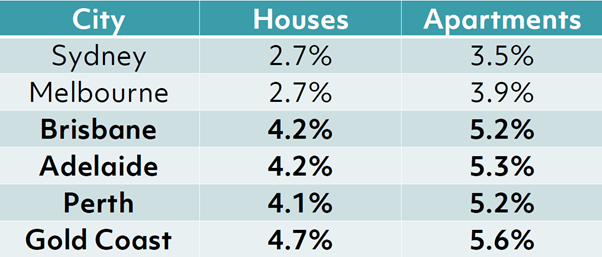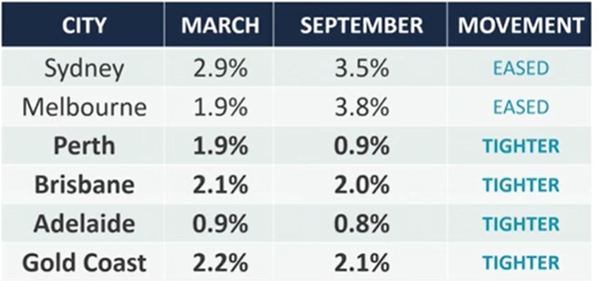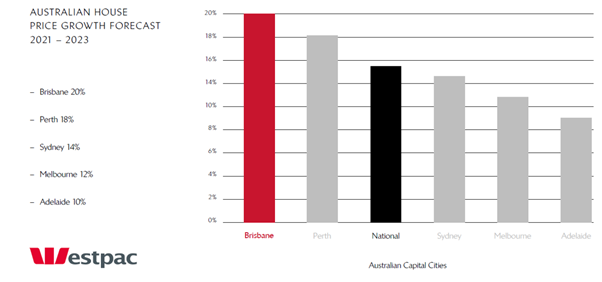April 16th, 2024 / Data & research, Equity
Have you ever wondered how some investors seem to magically make money in real estate right after purchasing a property? The secret isn’t anything supernatural or even complicated. It’s simply about understanding the concept of manufacturing instant equity through property investing.
By
April 11th, 2024 / Property trends, Data & research
Not every property investor has a massive budget to work with. In fact, there are still a lot of affordable options in the Australian real estate market for those looking to buy under $650K. Finding an investment-grade property in this price range might involve more research, but the results are wel
April 9th, 2024 / Financial wellbeing, Property trends, Data & research
Despite the succession of interest rate hikes from the Reserve Bank of Australia (now on pause), 2024 is shaping up to be a promising year for the nation’s property market.
Despite a 4.25% increase in the official cash rate over the past 18 months, research suggests a strong rebound in property pric
April 1st, 2024 / Message from our CEO, How to invest, Financial wellbeing
Did you know that one of the most common misconceptions I hear about becoming a successful property investor is that you have be ‘rich’ to begin with.
Disappointingly, this negative point of view is also used as an excuse for some people to just give up or not even start their property investing jou
March 29th, 2024 / How to invest, Property trends, Data & research, Financial wellbeing
If you’re wondering where you should buy your next investment property, you’re not alone. Many real estate investors struggle with this decision and for good reason – choosing the right location is key to a successful investment.
When it comes to investing in real estate, many fact





